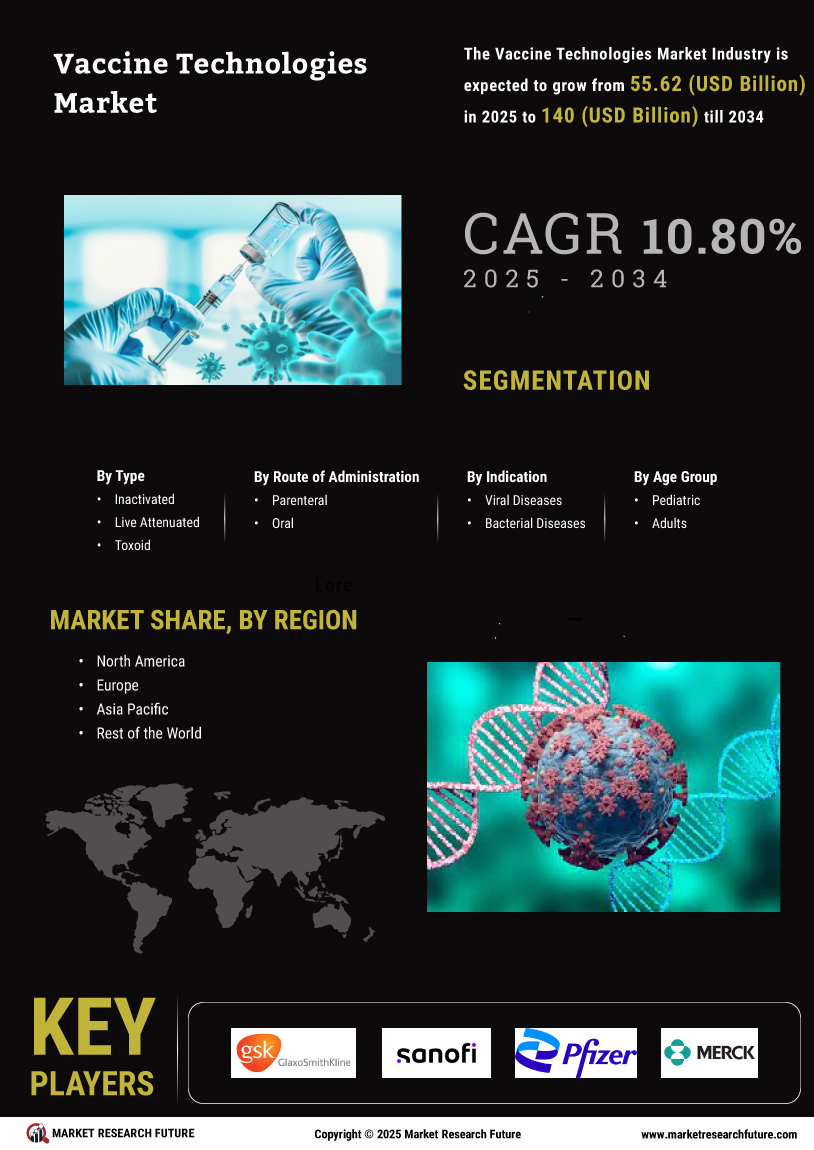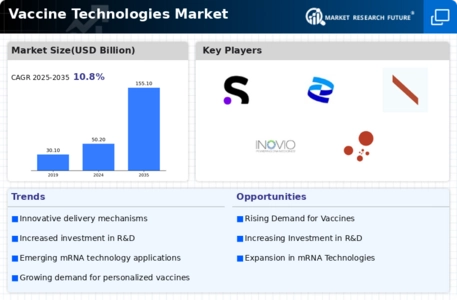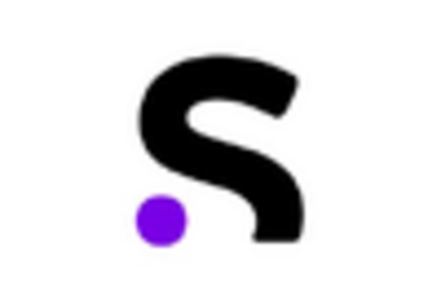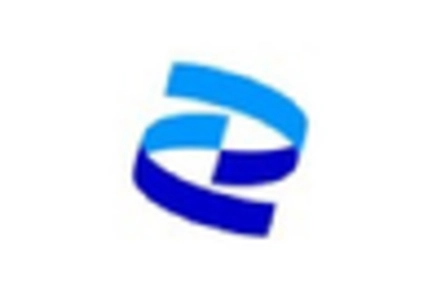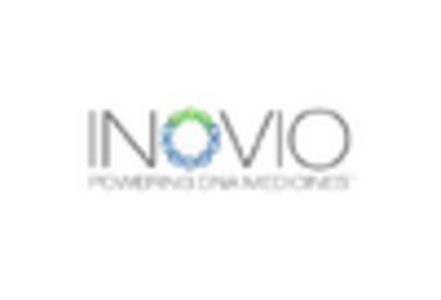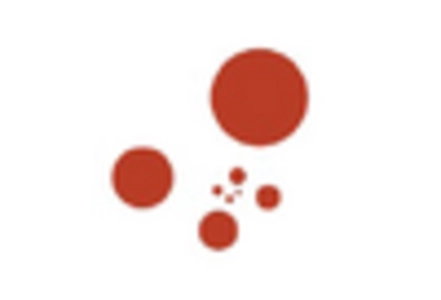Emergence of New Vaccine Platforms
The emergence of new vaccine platforms is a pivotal driver in the Vaccine Technologies Market. Technologies such as mRNA, viral vector, and protein subunit vaccines are gaining traction due to their potential for rapid development and adaptability. These platforms allow for quicker responses to emerging infectious diseases, which is increasingly important in today's fast-paced environment. The market is witnessing a shift towards these innovative solutions, as they offer enhanced safety and efficacy profiles. As research continues to validate these new technologies, their adoption is likely to expand, further propelling the growth of the Vaccine Technologies Market.
Government Initiatives and Funding
Government initiatives and funding play a crucial role in shaping the Vaccine Technologies Market. Various countries are allocating substantial budgets to support vaccine research, development, and distribution. For example, funding programs aimed at accelerating vaccine development have been established, which are expected to enhance the speed and efficiency of bringing new vaccines to market. This financial backing not only supports existing vaccine technologies but also encourages the exploration of innovative approaches, such as mRNA and DNA vaccines. As governments prioritize public health, the investment in vaccine technologies is likely to continue growing, fostering a robust market environment.
Rising Incidence of Infectious Diseases
The Vaccine Technologies Market is experiencing a notable surge due to the rising incidence of infectious diseases. As pathogens evolve and new strains emerge, the demand for effective vaccines increases. For instance, the World Health Organization has reported a rise in vaccine-preventable diseases, which has prompted governments and health organizations to invest heavily in vaccine development. This trend is likely to drive innovation in vaccine technologies, including the development of novel platforms such as viral vector and protein subunit vaccines. The increasing burden of infectious diseases is expected to propel the market forward, as stakeholders seek to enhance public health outcomes through advanced vaccination strategies.
Advancements in Vaccine Research and Development
The Vaccine Technologies Market is significantly influenced by advancements in research and development. Innovative technologies, such as recombinant DNA technology and nanoparticle-based vaccines, are transforming the landscape of vaccine production. According to recent data, The Vaccine Technologies is projected to reach USD 100 billion by 2025, driven by these technological advancements. Furthermore, the collaboration between academic institutions and pharmaceutical companies is fostering a conducive environment for breakthrough discoveries. This synergy is likely to enhance the efficacy and safety profiles of vaccines, thereby increasing their acceptance among populations and healthcare providers.
Growing Public Awareness and Acceptance of Vaccines
The Vaccine Technologies Market is also benefiting from growing public awareness and acceptance of vaccines. Educational campaigns and outreach programs have been instrumental in dispelling myths and misinformation surrounding vaccination. As a result, vaccination rates are increasing, which in turn drives demand for new and improved vaccine technologies. The rise in public trust is reflected in the increasing participation in vaccination programs, which is essential for achieving herd immunity. This trend is expected to encourage further investment in vaccine research and development, ultimately enhancing the overall landscape of the Vaccine Technologies Market.
